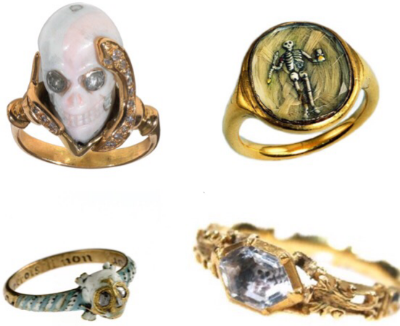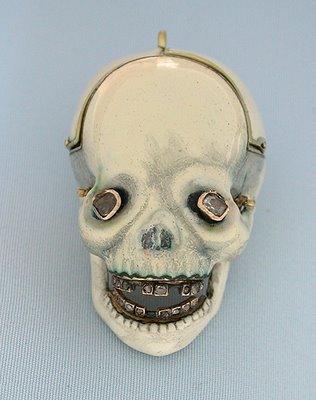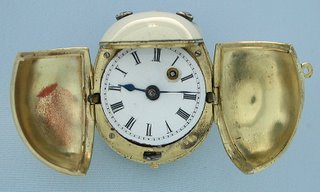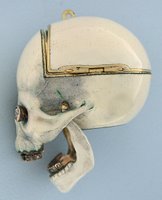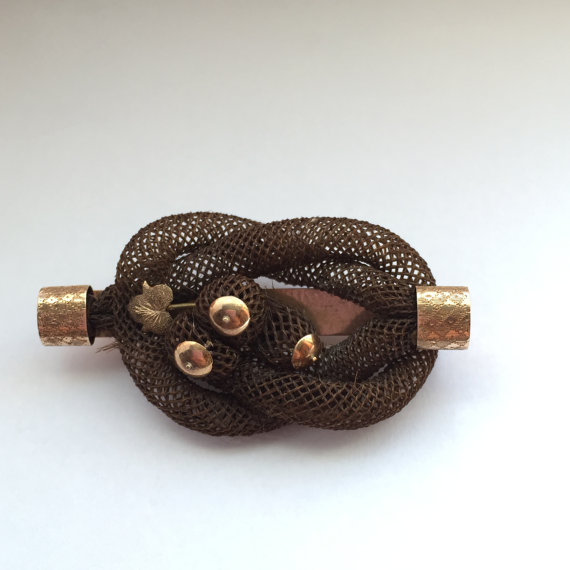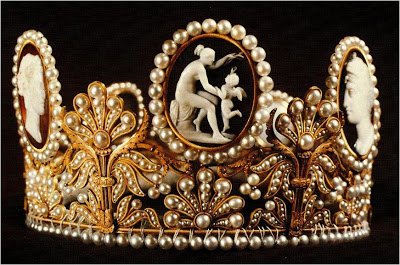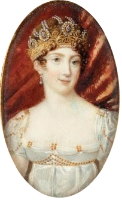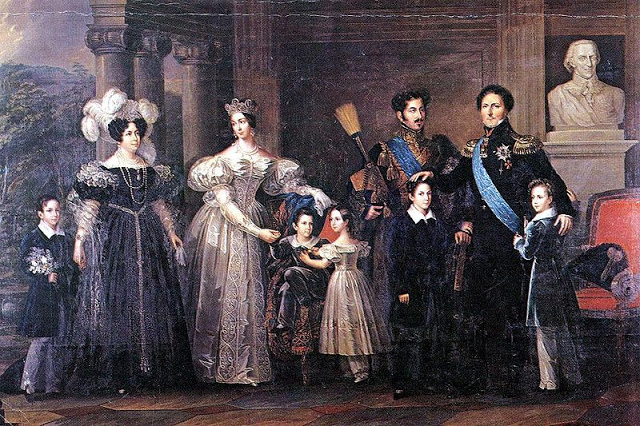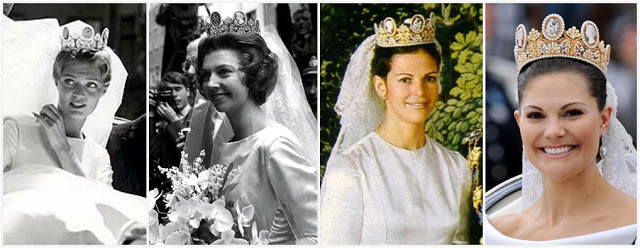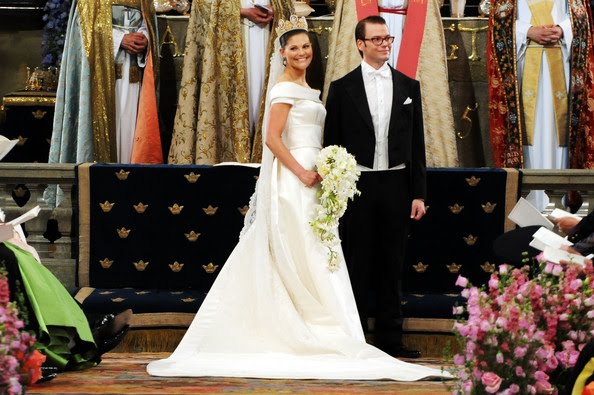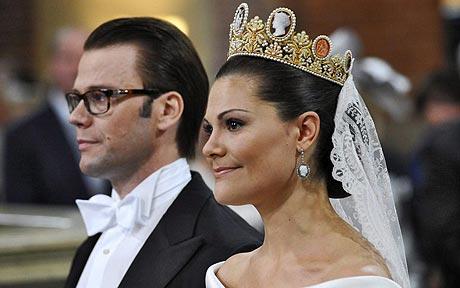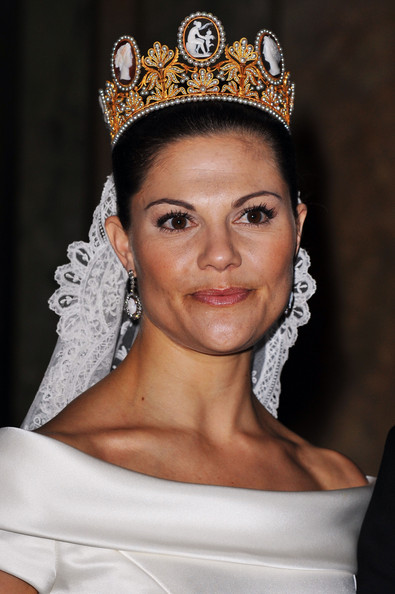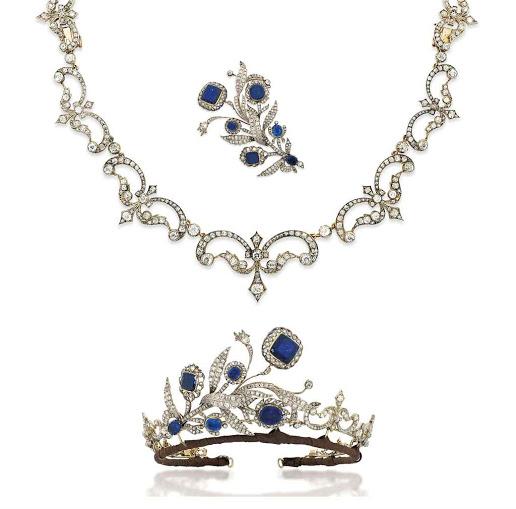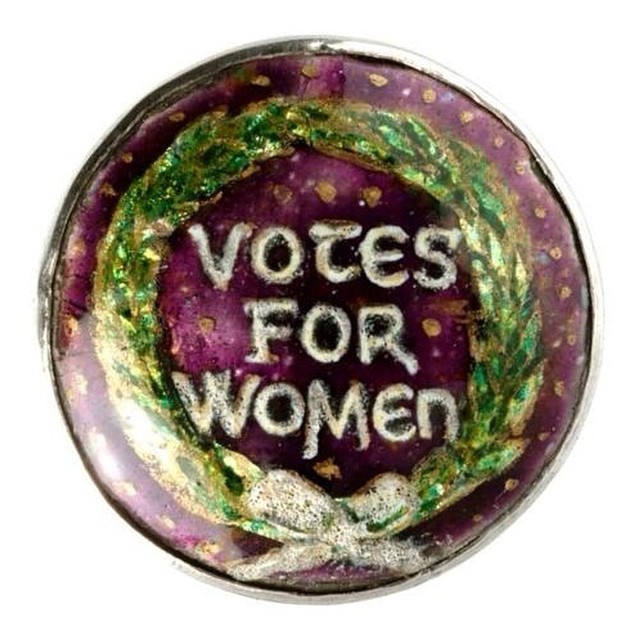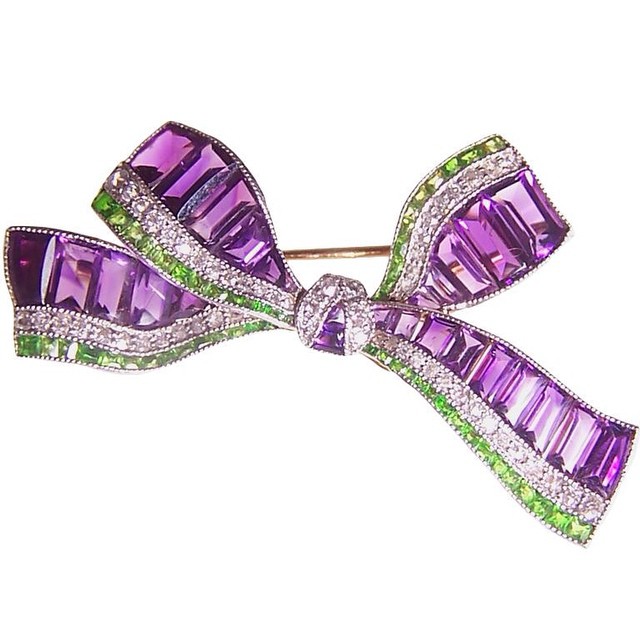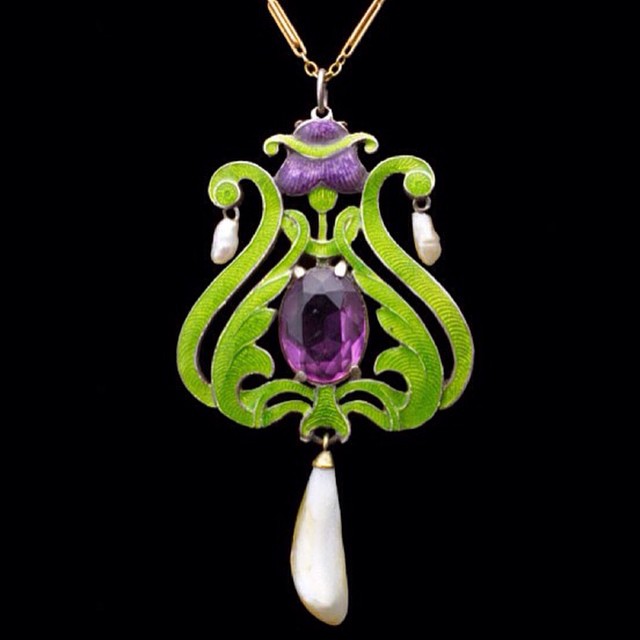Remember Me When I am Gone: Memento Mori
/Prince of Orange René of Châlon died in 1544 at age 25. His widow commissioned sculptor Ligier Richier to represent him offering his heart to God, set against the painted splendour of his former worldly estate. Church of Saint-Étienne, Bar-le-Duc.
Human's have always had an obsession with death. It is the final act of being human and there is a distinct mystery and sometimes fear that surrounds death.
Memento mori from the Latin: "remember [that you have] to die" is a medieval philosophy based on the reflection on mortality. In the Christian church it was used a means of encouraging a congregation to consider their vanity as well as the temporary nature of all earthly goods and pursuits. Memento mori essentially used the fear of dying and judgement of not only their maker but also of society to stress the importance of perfecting one’s character in the eyes of the church (usually in the form of supporting the church monetarily). Even as the churches preached the notion of detachment from earthly goods, the idea spread into the material world through art. Fear of judgement coupled with a long held human fear of being forgotten by the world led to elaborate memorials being erected by the wealthy. They demonstrated "piety" while also serving as reminders to viewers. As with most trends that start with the upper classes, memento mori reached down to middle and lower classes where they were imitated to a more modest effect that is evident in the choice of grave markers and funerary art from that time period.
The memento mori philosophy also stretched beyond churches and funerary memorials becoming popular objects d'art and jewelry during the sixteenth through eighteenth century. Common imagery consisted of skulls, skeletons and coffins mostly in gold, black, and white. Text expressing thoughts on mortality, remembrance and religion in the languages of Latin, French or English were either engraved or enameled somewhere on the piece or even on the inside or back (viewable only by the intended recipient). Jewelry especially served as a daily reminder of the wearer's pending mortality.
Rings were the most popular form of memento mori jewelry though there are also many examples of lockets, watches, pendants and brooches. There is evidence that many individuals willed money specifically for the purpose of creating jewelry to be worn by a specified list of mourners. This would ensure that the deceased would not be forgotten as their memory could literally be held by those they wished to do so.
By the mid seventeenth century, memento mori jewelry shifted away from the singular dominating theme of impending death and merged with remembrance or memorial jewelry. Hair of the departed person, along with important dates and initials were now placed alongside skulls, coffin symbols and messages, personalizing the jewelry further. The tradition truly flourished in the eighteenth century as the name of the individual being memorialized became more prominent, mourning motifs became less gruesome and were replaced with more intricate hairwork and elaborate metaphorical images such as urns.
This enamelled gold mourning ring commemorates the death of Samuel Nicholets of Hertfordshire who died on 7th July 1661, as is recorded in the inscription inside the ring. The ring is hollow, and a lock of hair curls around within it, visible through the openwork of the enamelled decoration of skulls and coats of arms.
Death is an equalizer among humans. We all must die and we know this. To remember that we are all mortal has driven us as humans to strive diligently to create a legacy, to not be lost in time and forgotten. Some of the greatest works of art from the great pyramids to the smallest rings have been driven by our need to be remembered. Art and in particular jewelry can be a time traveler, a window into the lives of the people who created it, who owned it, who inspired it. We are what we leave behind.
Photos courtesy of the Victoria and Albert Museum and Loupe Antiques
